All the Caribbean destinations that are starting to welcome US travelers again
Monica Humphries

- Many Caribbean destinations are searching for ways to reopen to tourists safely.
- About a dozen islands are currently welcoming American tourists under certain conditions. For example, many islands require travelers to bring negative coronavirus test or undergo a mandatory quarantine.
- Travelers should research the destination beforehand since rules and regulations are constantly changing.
- The Centers for Disease Control and Prevention recommends avoiding all nonessential international travel during this time. If you decide to travel, follow the CDC's recommendations in its Global COVID-19 Pandemic Notice.
From tropical rainforests to pink-sand beaches, the hundreds of islands across the Caribbean entice millions of tourists every year.
That was all put on pause in March when countries and territories closed their borders and waved goodbye to the final tourists leaving their islands.
For the next few months, local governments debated and planned how to reopen borders safely for incoming travelers — and many have struggled to find a balance between the health of their residents and keeping their tourism economies afloat.
Some islands have already begun welcoming tourists back, often requiring them to bring negative COVID-19 tests, complete health scans, and even quarantine.
Here are the destinations across the Caribbean that are open to US travelers.
International visitors are welcome to hop between the islands of Antigua and Barbuda.
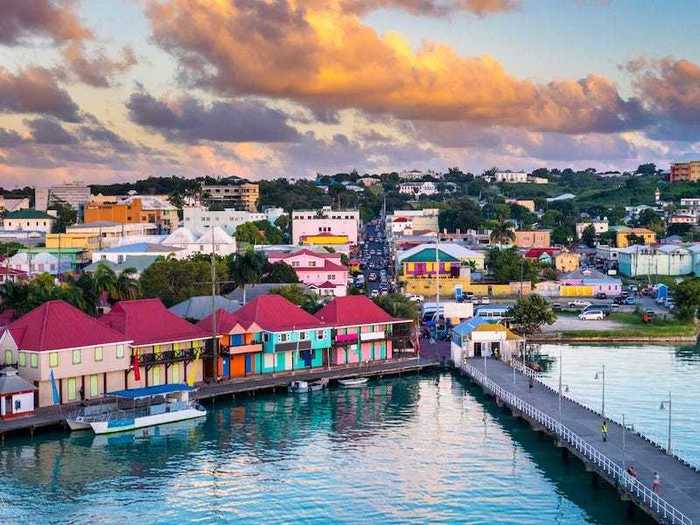
The country reopened its tourism sector and welcomed international travelers in early June.
The Minister of Tourism announced a set of protocols for incoming visitors. Travelers flying by air are required to bring a negative COVID-19 test that was taken within seven days of their flights. If arriving via ship, visitors are subject to quarantine.
Once you reach the island, visitors can expect health checks and assessments. Hotels and resorts are also allowed to require additional coronavirus tests, so make sure to ask the resort about its protocol beforehand.
Antigua and Barbuda had a recorded 86 coronavirus cases and three deaths at the time of writing, per Johns Hopkins.
Aruba's sunny shores have reopened to international visitors.
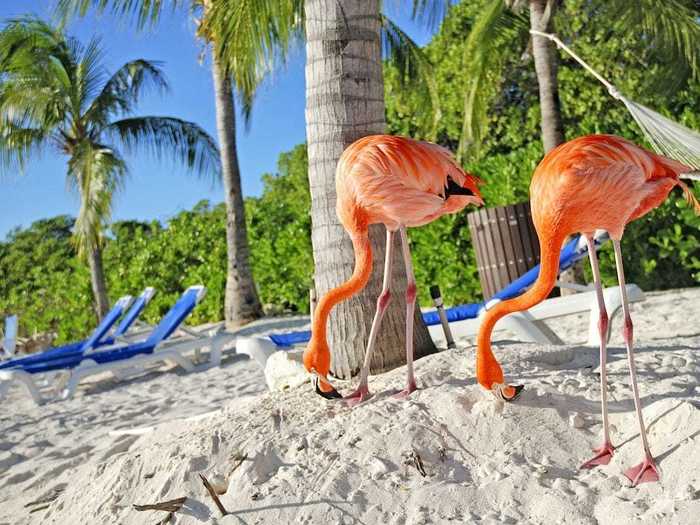
Incoming visitors should complete the Embarkation/Disembarkation card process online and obtain Aruba Visitors Insurance. Visitors are encouraged to take a COVID-19 test before traveling to Aruba and present proof of negative results upon landing. However, travelers also have the option to pre-pay $75 for a mandatory test upon arrival, but they will be required to quarantine while test results are assessed.
According to Johns Hopkins, the country saw 119 coronavirus cases and three confirmed deaths at the time of writing.
The Bahamas will let you vacation in its country, but only after a 14-day quarantine.
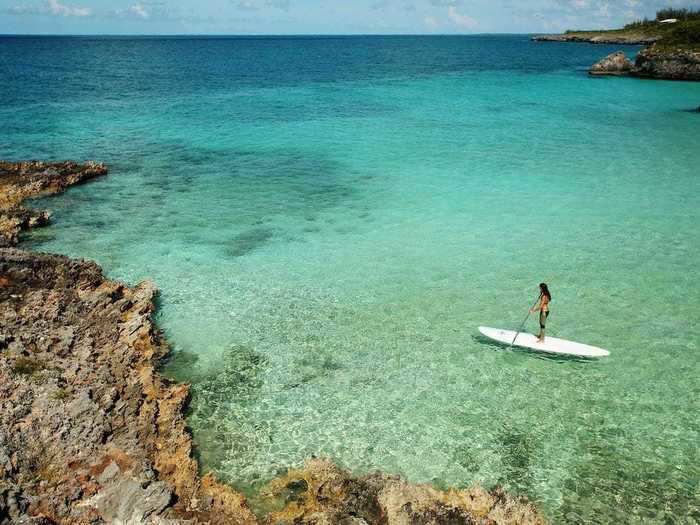
Three weeks after reopening to international tourists, the Bahamas saw a surge in coronavirus cases.
After closing borders to US residents, the country decided to reopen them but add a mandatory 14-day quarantine upon arrival.
People interested in traveling to the Bahamas will be required to quarantine for 14 days at their own expense in a government facility. At the end of the quarantine, they'll take another coronavirus test, according to The Office of the Prime Minister.
Many of the islands' attractions and businesses will remain closed. Here's everything you need to know if you're planning to visit the islands.
According to Johns Hopkins, the Bahamas had 447 confirmed cases and 11 coronavirus-related deaths at the time of writing.
Fly to Barbados for a long or short stay.
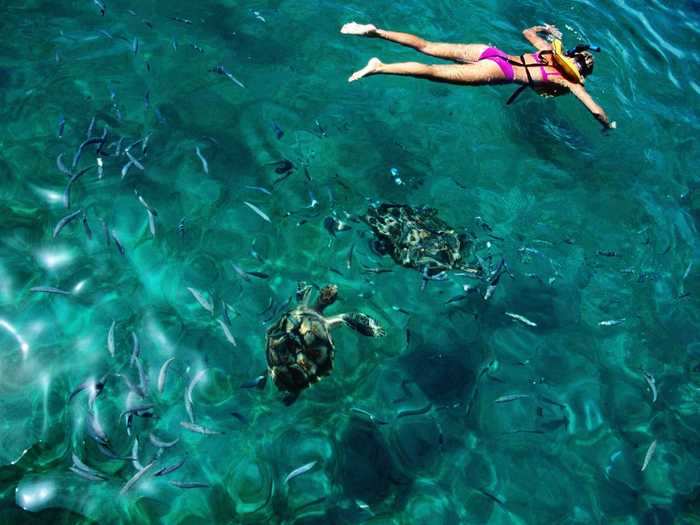
Barbados has gained recent popularity for its remote worker visa program. However, the island is still welcoming short-term travelers, too.
The first commercial flights from the US to Barbados left on July 25. JetBlue resumed flights on July 25, and American Airlines will follow shortly on August 5, according to the US embassy in Barbados.
US travelers will need to bring a negative COVID-19 test taken within 72 hours of their flight and complete an Embarkation/Disembarkation Card.
Barbados saw a total of 110 confirmed coronavirus cases and seven coronavirus-related deaths at the time of writing, according to Johns Hopkins.
Visitors are encouraged to discover the Dominican Republic's range of landscapes.
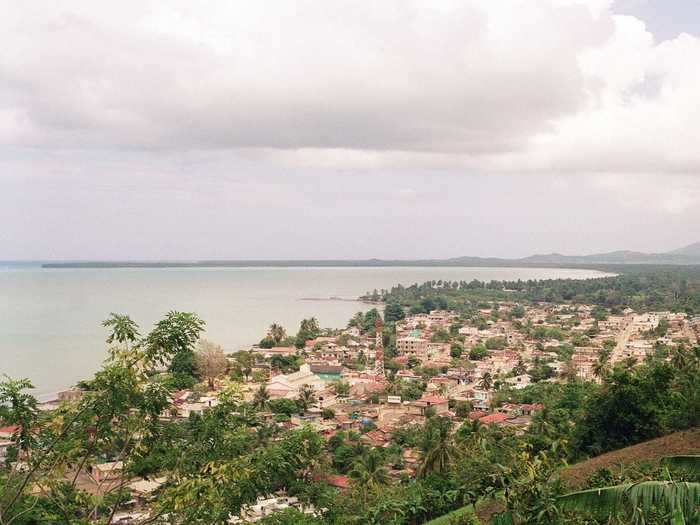
Since July 1, Americans have been traveling to the Dominican Republic, according to the official tourism site for the country.
The country has not outlined any requirements for visitors to enter on its official website. However, Lucien Echavarria, director at the Ministry of Tourism of the Dominican Republic, previously told the Caribbean Journal that all airports would open on July 1 and about half of the island's hotels would reopen. Echavarria said guests should expect temperature checks and other safety precautions at the airport.
At the time of writing, the Dominican Republic saw 66,182 cases of COVID-19 and 1,123 related deaths, per Johns Hopkins.
Travelers can sip rum punches from the beaches of Jamaica.
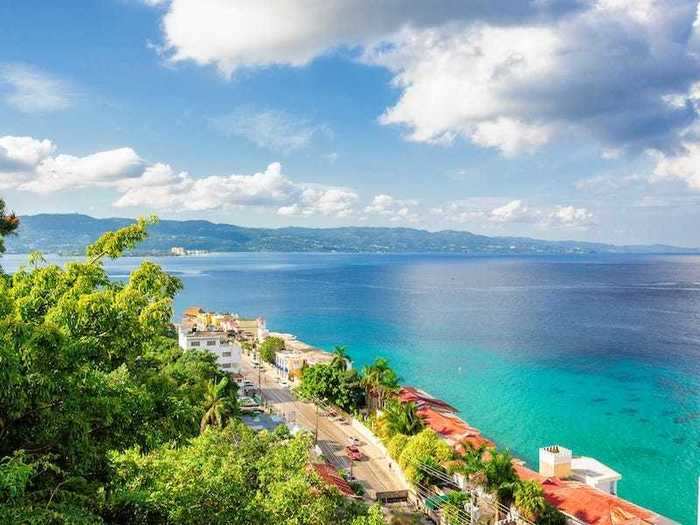
Jamaica has been welcoming American visitors since mid-June.
In order to visit, travelers will need to complete the Travel Authorization prior to their flight check-in, according to Visit Jamaica, the country's official tourism site. Additionally, travelers coming from Arizona, Florida, New York, and Texas will be required to upload a negative coronavirus test taken within 10 days of arrival.
However incoming travelers shouldn't expect the entire country to be open for exploration. Jamaica's government decided to reopen in phases, starting with its "Resilient Corridor." This region includes the main thoroughfare from Negril along the north coast to Port Antonio.
At the time of writing, Jamaica had 885 confirmed coronavirus cases and 10 coronavirus-related deaths, per Johns Hopkins.
Visitors can travel to Puerto Rico, but they won't find much open.
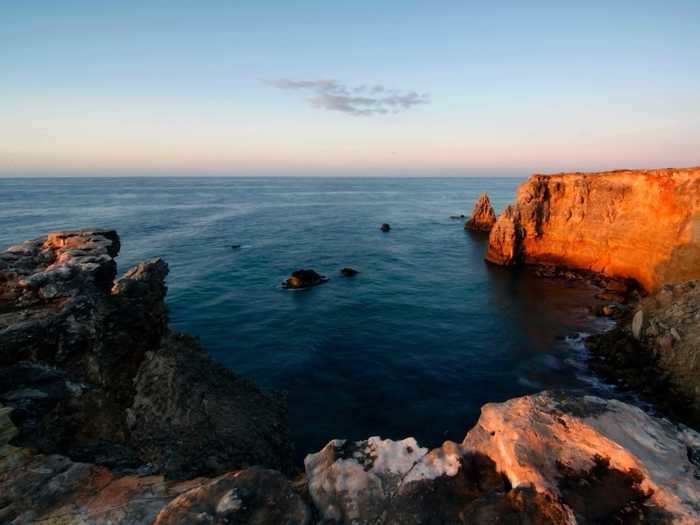
Puerto Rico reopened its borders for tourism but quickly saw an increase in coronavirus cases.
That led the government to roll back its openings and discourage any nonessential travel. Bars, gyms, marinas, theaters, and casinos have all closed again, and beaches are only open for exercising.
If travelers still need to go to the island, a negative coronavirus test is required upon arrival. Without a prior test, travelers will be required to take one at the airport and enter a 14-day quarantine. Travelers are also required to wear a face mask and complete a travel declaration form.
Here's everything a visitor needs to know before traveling to the island.
The US territory confirmed over 12,000 coronavirus cases and 211 confirmed deaths at the time of writing, according to Johns Hopkins.
Spot roaming iguanas on Saint Barthélemy island.
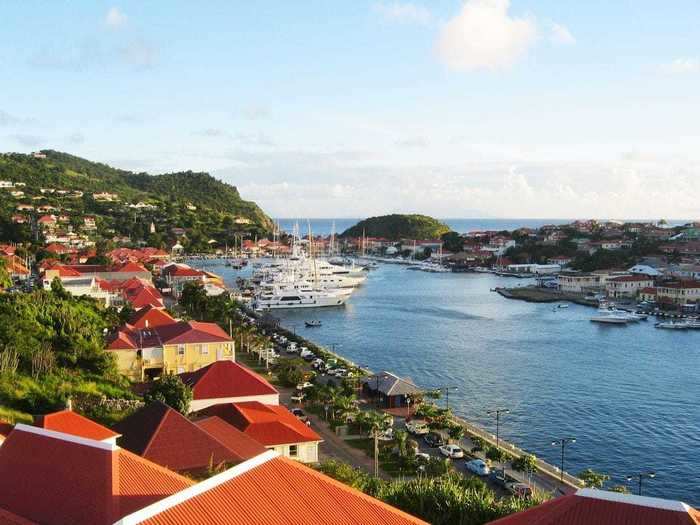
Saint Barthélemy in the Caribbean welcomed visitors starting in late June, according to CNN.
Visitors can either bring a negative coronavirus test taken within 72 hours of their flight or get tested upon arrival and quarantine until the results come back negative.
If you plan to stay longer than a week, an additional coronavirus test is required on day seven of a trip.
At the time of writing, Saint Barthélemy had seven confirmed cases and zero deaths, according to Johns Hopkins.
St. Lucia's volcanic beaches and ideal diving spots are able to be explored.
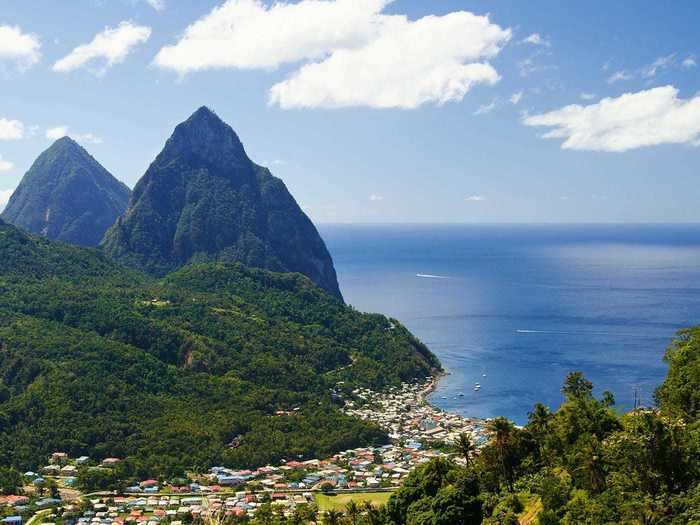
The Eastern Caribbean island has been welcoming visitors since early June.
Incoming tourists are required to bring a negative coronavirus test taken within seven days upon their arrival. Additionally, standard health checks will be completed at the airport, according to the St. Lucia Tourism Authority.
St. Lucia saw 24 confirmed cases and zero coronavirus deaths at the time of writing, according to Johns Hopkins.
Explore St. Martin's recognized fusion cuisine now that the island has reopened to tourists.
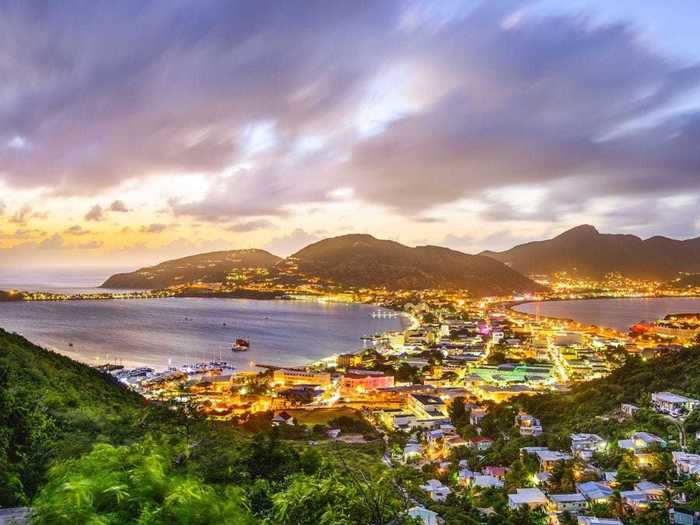
St. Martin is welcoming US visitors back to its island.
In the country's checklist before arriving, visitors are required to complete a health declaration, bring a negative COVID-19 test result, and travel wearing a mask.
The island had 163 confirmed coronavirus cases and 18 deaths at the time of writing, per Johns Hopkins.
Island hop through St. Vincent and the Grenadines.
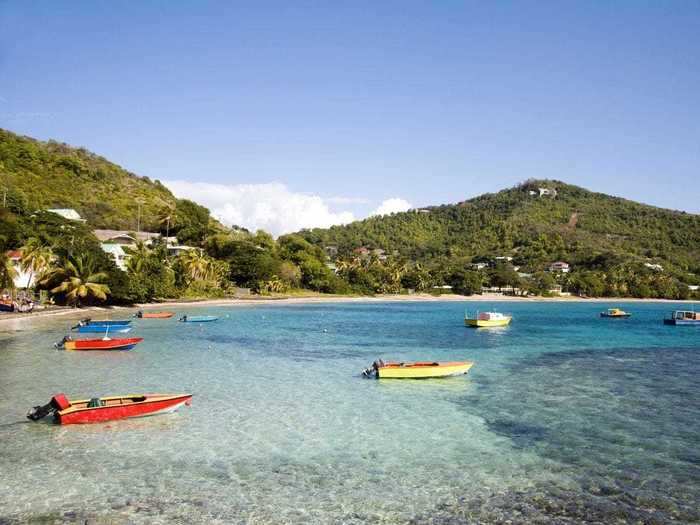
The 32 islands reopened to international travelers from all countries on July 1, according to the Ministry of Tourism.
Tourists have the choice of bringing a negative coronavirus test or taking one upon arrival at their own expense. Those who choose to take the test at the airport will be required to quarantine until a negative result comes back, which typically takes about 24 hours, according to the Ministry's protocols.
At the time of writing, St. Vincent and the Grenadines had 52 confirmed cases and zero deaths, according to Johns Hopkins.
Dip your toes in the famous white-sand beaches on the US Virgin Islands.
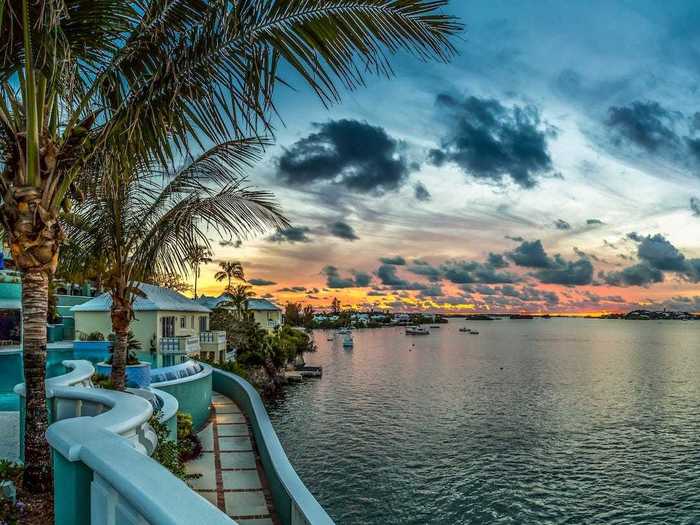
The group of Caribbean islands began welcoming visitors on June 1.
The island's airport has officially opened for nonessential travel and visitors can expect a health screening and temperature check upon arrival.
On the island, most businesses have reopened, but tourists will be required to wear a mask in public spaces.
The islands had 385 confirmed cases and seven coronavirus-related deaths, according to Johns Hopkins.
Explore Grenada, also known as the Spice Isle, starting August 1.
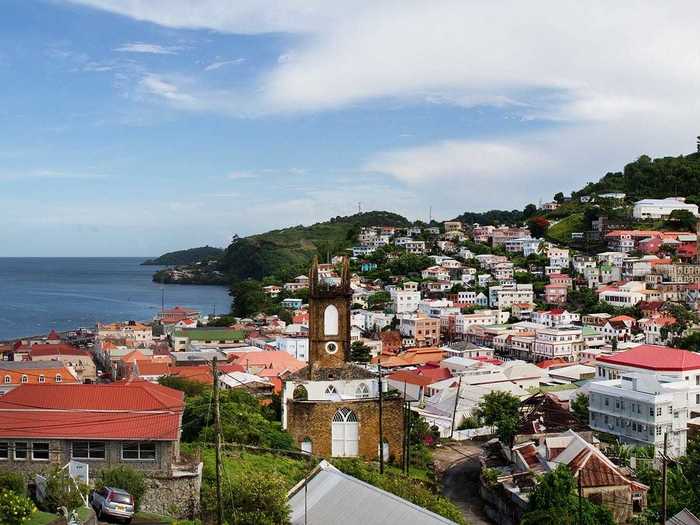
Grenda's reopening plan involves categorizing countries by low, medium, and high risk.
Unsurprisingly, the US is considered high risk, which means incoming visitors will need to bring a negative coronavirus test taken within seven days of arrival. They'll also need to complete a health declaration form and download a tracing app, according to the Grenada Tourism Authority.
In addition to bringing a negative test, visitors will also be required to take another test within 48 hours of arrival. Travelers will need to quarantine at their own expense until the results come back negative, which typically takes between two and four days.
At the time of writing, the island had only 23 confirmed cases and zero deaths, per Johns Hopkins.
Dominica's abundance of nature can be explored by visitors starting August 7.
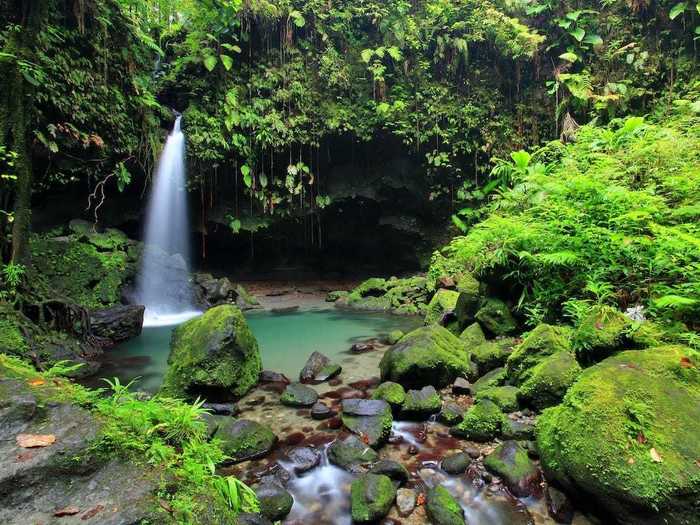
The country, often called the island of nature, plans to reopen to international travelers in August, according to Discover Dominica.
Incoming visitors will need to bring a negative coronavirus test taken within 72 hours prior to arrival, and they will need to complete a screening questionnaire.
The island has also started a certification process for hotels and resorts, and travelers are required to stay in a certified accommodation.
These strict measures are in place due to the island's few cases. According to Johns Hopkins, the island has had only 18 cases and zero deaths.
International travelers can start planning a trip to Belize for August 15.
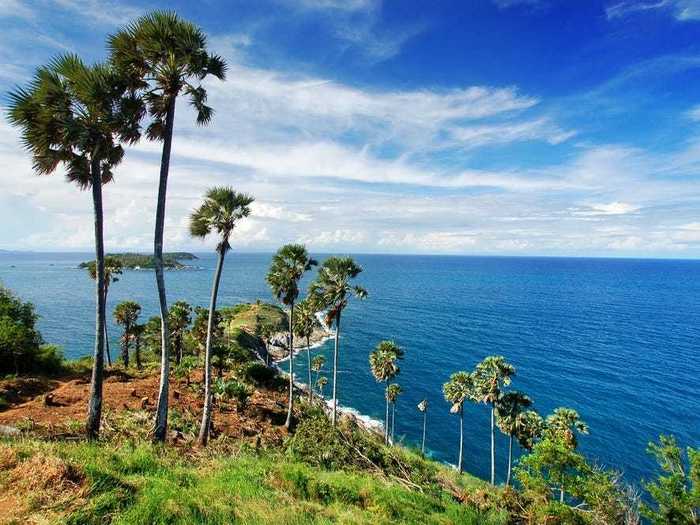
While not a Caribbean island, the country's coast is located along the Caribbean Sea, making it a popular destination for tropical relaxation.
Belize's international airport will reopen on August 15, and US residents are welcome, according to the Belize Tourism Board.
Incoming arrivals will have two options: They can either bring a negative test taken within 72 hours of their flight, or they can opt to take a test at the airport, according to the tourism board.
Throughout the trip, travelers are expected to have the Belize Health App downloaded for contact tracing. Only hotels that have completed the island's tourism certification program will be eligible to reopen.
According to Johns Hopkins, Belize had 48 confirmed cases and two coronavirus-related deaths at the time of writing.
READ MORE ARTICLES ON
Popular Right Now
Popular Keywords
Advertisement